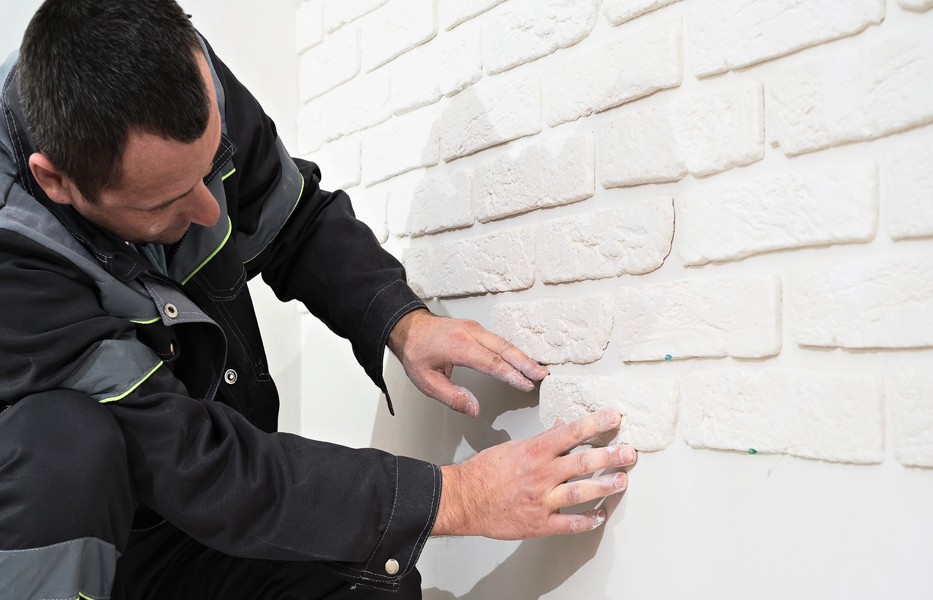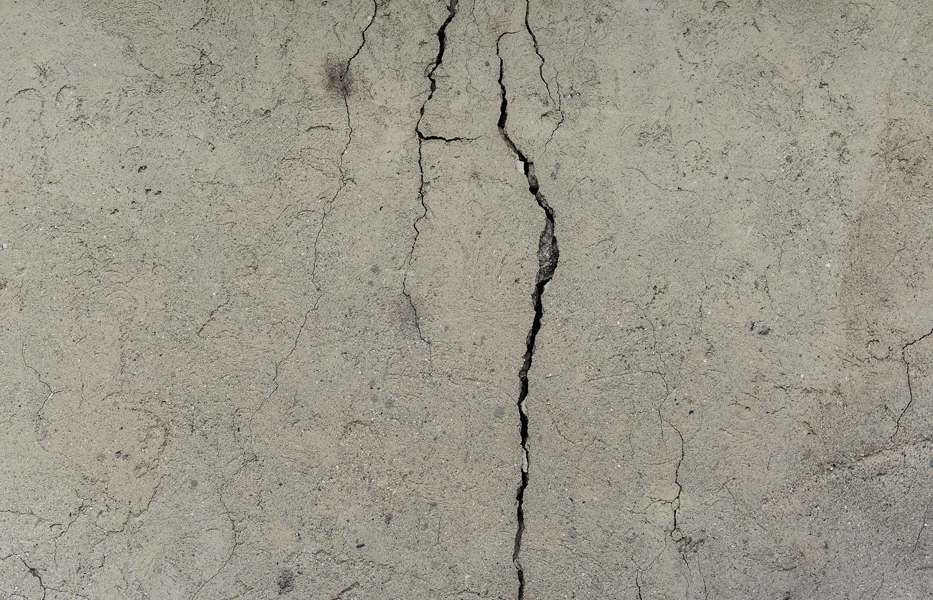
Cracks in Walls: Causes and Prevention
It is common for buildings to develop cracks in walls over time or even during the construction process. Most of the cracks are harmless, while some can be a product of a serious structural fault in the building.
It is important to identify the cause of these cracks and find a solution as soon as possible. The blog lists some of the most common questions about wall cracks, their causes, and how they can be prevented or repaired.
What causes diagonal cracks in buildings?
Factors like uneven soil movement, foundation settlement, and dense vegetation growth near homes can contribute to diagonal cracks. Let’s understand these terms in a simple way. Soil movement means that soil can easily expand and shrink and therefore displace from its initial point of settlement. Clay soil, like black cotton soil, can absorb a lot of moisture and lose it in dry weather. Foundations built on such soil can then settle unevenly if the soil underneath it contracts. Thus, the walls placed on the contracting soil can develop diagonal cracks.
Moreover, bigger vegetation like trees can cause soil to dry out and shrink. This can also result in soil displacement and uneven foundation settlement.
In multi-story buildings, diagonal cracks can also appear if the load is unevenly distributed. This occurs when the central wall bears a stronger load than the external wall. The uneven load-bearing stress can result in crack formation.
"Success in real estate comes down to two factors: taking care of and valuing the customer."
Michael Miedler
Can temperature variation cause cracks?
Temperature changes in the environment can cause materials to contract or expand to some extent. While this may not affect inner walls, outer walls, which are thinner and directly exposed to harsh temperature variations, can develop cracks. Sometimes these cracks are just in the plaster and not in the brick wall itself. This might not be a huge concern, as it cannot cause structural damage to the walls.
Are ceiling cracks dangerous?
Cracks in the ceiling should be taken seriously. It can be caused by simple plaster shrinkage or something serious like seepage at joints, a weakening plaster bond, or structural movement. If these cracks expand or increase with time, then it is best to get them consulted by a structural engineer.

How to prevent cracks in buildings?
Always get the quality of the soil checked before construction. This will help in understanding the soil's shrinkage and expansion.
Avoid constructing on clay soil. If required, then lay the foundation at an adequate depth to avoid crack development.
Always use an adequate number of RCC beams at the plinth level and construct over that.
It is common for new buildings to develop minor cracks as the foundation settles. These cracks can be patched and repainted.
Use high-quality materials and proper mixing techniques to avoid compromising the overall structure.
Cracks in walls and buildings can be a cause for concern. Therefore, the underlying causes must be investigated and dealt with in a timely manner. Whether cracks are caused by foundation settlement, material shrinkage, or soil displacement, the best way to deal with cracks is by preventing them.


Need Help Finding Home? Connect with us.